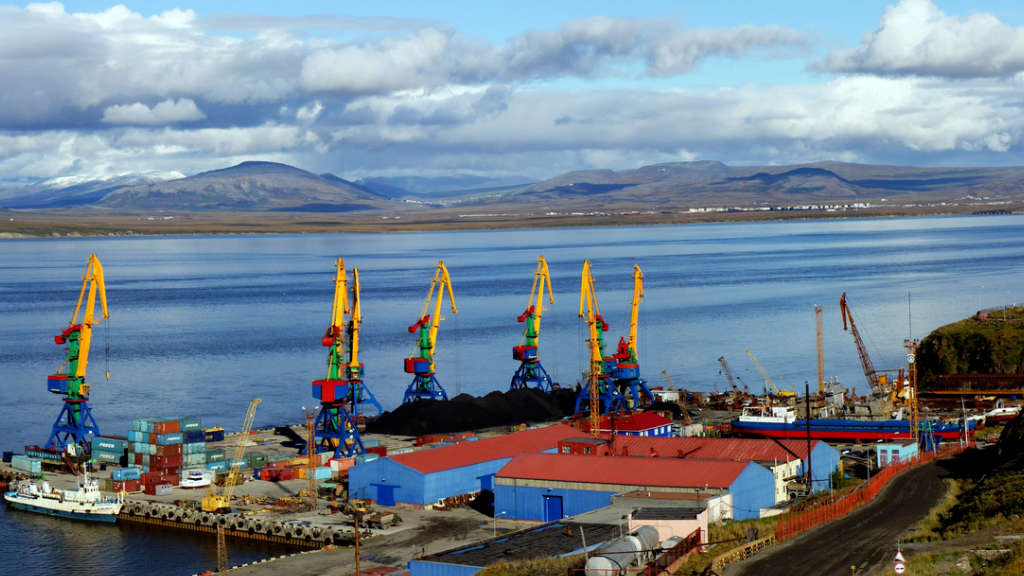A new cross-border railway bridge between the Russia’s Amur Region and China, at the Jalinda – Mohe border, is planned to be built as part of a public-private partnership scheme.
Pavel Puzanov, Deputy Chairman of the Amur regional government, has stated that this new transport corridor will provide an alternative option for border crossings, relieve the load from the existing crossings, and accelerate the delivery of raw materials from Yakutia to China.
Puzanov said that “The possibility of implementing a border bridge project in the Jalinda-Mohe area has been actively studied for the last two years. Based on the results of work with Chinese partners, a conclusion was made on the technical feasibility and economic feasibility of the project. The Aamu regional government are working with the Ministry of Transport of Russia, Russian Railways, and colleagues from Yakutia to select the optimal model for its implementation, including within the framework of public-private partnership agreements.”

Russia has been looking to attract private investment into its own development projects and providing tax incentives for doing so. Public-Private Partnership (PPP) agreements are a type of Joint Venture where the government puts up part of the equity (typically 50%) and relies upon the private sector to contribute the rest. Both parties then take operational dividends each year based on profits made from operating the investment – in the case of this bridge, tolls and related fees. The attractiveness of PPP agreements depends upon the structure of the deal, although having government involvement is usually considered a good sign in terms of commitment. On the other hand, governments are not always generous when it comes to making life commercially attractive for their partners. Puzanov will need to balance government prudence with commercial attractiveness to make the PPP work for all investors.
However, Puzanov stressed that Russian investors from the northern Amur regions are interested in creating the bridge, as well as potential investors from Yakutia, and the Trans-Baikal region. All have vested interests. For example, for Yakutia, the proposed Jalinda-Mohe bridge would reduce the route to China for transportation of goods and raw materials by almost 2,000 km – and create a further local business boom. Mohe is China’s northern-most city and is connected to China’s national road, rail and aviation networks with access to other key northern cities such as Harbin and Beijing.
At the moment, the location of the gate and the main technical parameters of the bridge, including the type of structure, have already been determined, and the final cargo flow forecast, which is expected to amount to about 20 million tonnes, is being prepared for approval as the development also requires additional planning in terms of off-construction budget items such as customs and excise, and other administration and operational needs.
The project would reopen the Jalinda – Mohe crossing, which was operational in the 1990s, but closed in the early 2000s due to low cargo flow. Now, if Puzanov can raise the funds, and build another cross-border railway bridge along this route, it would open up a new transit outlet to China and take some of the load off the existing border crossings and the railway network.
Further Reading

Russian Rail Freight Traffic To China Increases By 18% In 7M 2024





